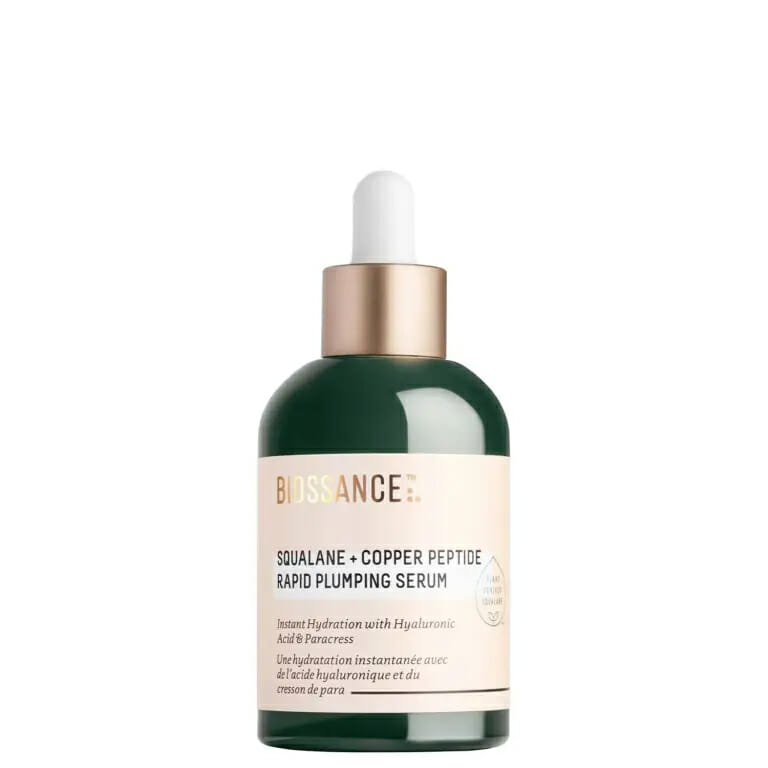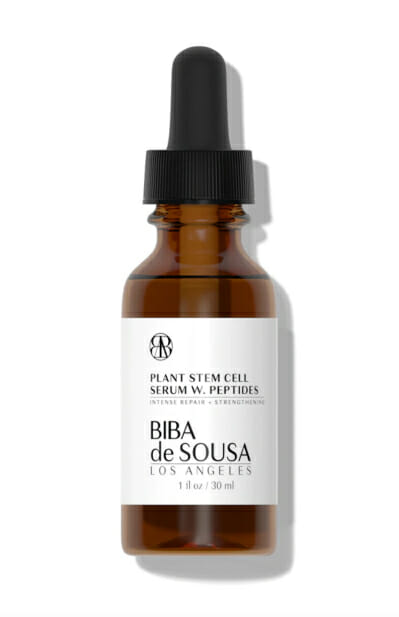
Skincare trends come and go in the flash of a pan (thank you, TikTok) but sometimes, fresh new ingredients crop up that not only sound interesting, but come with amazing benefits.
With a new year comes new beauty launches, and to mark the occasion we’ve rounded up five up-and-comers that are soon the be everywhere. There’s promising antioxidants, gentle exfoliators and skin-softeners you’re sure to fall in love with. Keep reading for the skincare ingredients you can expect to see everywhere in 2023.
Also Read: Dua Lipa Loves This High-Tech Anti-Gravity Facial, So What Exactly Does It Involve?
COPPER PEPTIDES
Copper peptides work as an antioxidant, and are thought to offer skin-restoring benefits like wrinkle reduction, collagen production and a smoother profile. There’s only emerging research and papers that confirm this, but the more buzz that’s generated, the more likely brands are to conduct clinical studies. Plus, a lot of experts vouch for their efficacy, and brands like The Ordinary and Biossance have singled them out on occasion.

L-GLUTAMINE
L-glutamine is a precursor to glutathione, one of the main antioxidants found in the human body. It’s been available in supplement form for years, but recently has picked up traction as a topical skincare ingredient to repair damage and diminish dark spots (declining levels of glutathione is said to contribute towards outward ageing). While search trends for L-Glutamine are right up, Glutathione is easier to find in topical skincare. It’s an antioxidant (L-Glutamine is an amino acid), and in the right concentration has been found to inhibit melanin over-production. If you want to brighten pigmentation, it’s worth looking into.

Also Read: Here’s Why You Should Add Tom Ford Beauty’s Extended Research Series To Your Skincare Routine
MANDELIC ACID
Mandelic Acid is a lesser-known Alpha-Hydroxy Acid that’s extracted from bitter almonds. It’s a larger molecule than Glycolic Acid and Lactic Acid, meaning it absorbs ‘slowly’ reducing the risk of irritation. Interestingly it’s also oil soluble (most AHAs are water soluble) so can effectively clear out excessive sebum, pore-clogging bacteria and expired cells. It’s also a great option for darker skin tones, as it doesn’t interfere with melanocytes.

UREA
Urea has actually be around in skincare forever, but has had an image problem given the misconception it comes from urine. But it’s actually a water-binding humectant and emollient, so it not only draws moisture into the skin, but keeps it there. It’s effective at treating dryness, itching and flaking, which is why cool brands like Dieux and Soft Services are making a point of including it in their formulas. And fun fact: it’s almost always made synthetically for skincare purposes.

PEPTIDES
Peptides are again not a ‘new’ ingredient, but they’ve never really played a starring role in skincare the way Hyaluronic Acid, Niacinamide and Retinol have. But thanks to brands like Rhode (hi, Hailey Bieber), they’re about to become big news. There’s countless peptides out there (see Copper above), but those used in skincare are chosen for their ability to strengthen and rebuild damaged skin, thus correcting concerns such as fine lines, dullness, redness and discolouration. Made from chains of Amino Acids, Peptides function like building blocks, and act like a ‘signal’ that tells the skin to perform necessary functions, like collagen formation or would healing. A perfect all-rounder, look for a peptide-rich serum to assist with skin that’s strong, resilient and youthful.

This article originally appeared on GRAZIA USA.
